Oral
Functional Connectivity in Psychiatric Disease
ISMRM & ISMRT Annual Meeting & Exhibition • 10-15 May 2025 • Honolulu, Hawai'i

| 13:30 |
Introduction
Ligin Xin
|
|
| 13:42 |
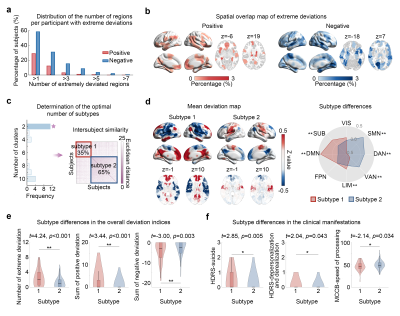 |
0499. Connectome-based
growth models reveal individual heterogeneity and
neurophysiological subtypes of subthreshold depression
X. Sun, G. Chen, P. Chen, X. Bu, Z. Qi, S. Zhang, C. Chen,
Z. Guo, X. Tang, R. Chen, X. Wang, D. Wei, Y. Chen, B. Liu,
C-C Huang, Y. Zheng, Y. Wu, T. Chen, Y. Cheng, X. Xu, Q.
Gong, T. Si, S. Qiu, C-P Lin, J. Cheng, Y. Tang, F. Wang, J.
Qiu, P. Xie, L. Li, Y. He, Q. Tao, M. Xia, Y. Wang
Beijing Normal University, Beijing, China
Impact: The findings provide valuable insights into the
understanding of heterogeneous clinical forms of StD and
offer promising implications for future precise diagnosis
and treatment of this condition.
|
| 13:54 |
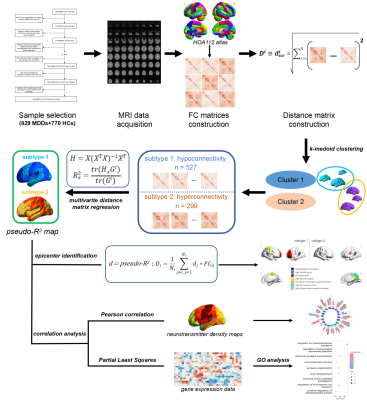 |
0500. Functional
Connectivity Subtypes in Major Depressive Disorder: Insights
Into Connection Patterns and Neurobiological Mechanisms

H. Li, Q. Li, F. Long, Y. Chen, Y. Wang, B. Yang, Q.
Gong, F. Li
Department of Radiology, Huaxi MR Research Center (HMRRC), Functional and Molecular Imaging Key Laboratory of Sichuan Province, West China Hospital of Sichuan University, Chengdu, China
Impact: The present study suggested the presence of two
distinct FC-based subtypes in MDD characterized by shared
and different epicenters and biological basis, and enhanced
the understanding of MDD heterogeneity.
|
| 14:06 |
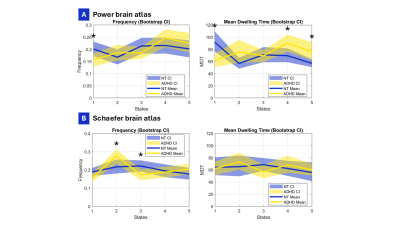 |
0501. Revealing
Dynamic Brain Networks in ADHD using Hyperband Resting-State
fMRI
R. J. Ombid, P. Condron, G. Newburn, A. Wang, H. Jahanian,
K. Waldie, S. Holdsworth, J. Fernandez
University of Auckland, Auckland, New Zealand
Impact: Hyperband fMRI with shorter TR demonstrated
significant differences in dFC in ADHD. ADHD participants
exhibited prolonged engagement, compared with NT, in
integrated brain states across two brain atlases,
demonstrating efficacy in detecting dynamic neural
alterations.
|
| 14:18 |
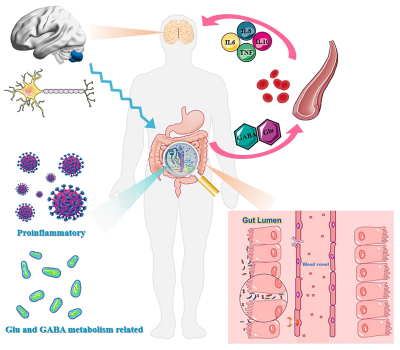 |
0502. Disruption
of the gut microbiota-inflammation-brain axis in unmedicated
bipolar disorder II depression
Z. Guo, W. Cui, Y. Wang
First Affiliated Hospital of Jinan University, Guangzhou, China
Impact: The findings bridged a gap in the underlying
pathophysiological mechanism of the gut
microbiota-inflammation-brain axis in BD II depression.
|
| 14:30 |
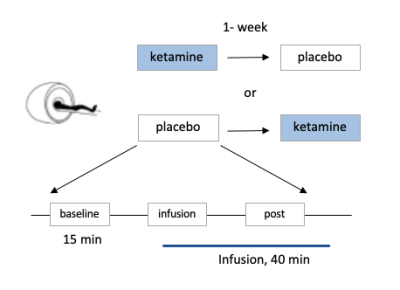 |
0503. Acute
ketamine connectivity changes in patients with major depression
J. Evans, C. Zarate
NIH, Bethesda, United States
Impact: This approach could be used to evaluate the
effects of novel therapeutics in the brain.
|
| 14:42 |
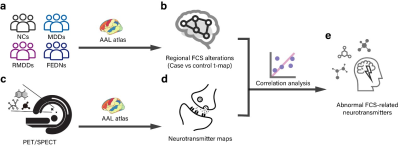 |
0504. Distance-Dependent
Functional Dysconnectivity and Neurotransmitter Correlates in
Major Depressive Disorder
R. Qian, H. Gao, B. Qiu, B. Gu, Z. Li, D. Wu, Z. Zhao
Key Laboratory for Biomedical Engineering of Ministry of Education, Department of Biomedical Engineering, College of Biomedical Engineering & Instrument Science, Hangzhou, China
Impact:
Functional dysconnectivity in MDD subtypes shows distinct distance-dependent patterns and specific correlations with neurotransmitter systems. These findings advance our understanding of subtype-specific pathophysiology and may guide the development of more precise therapeutic strategies for MDD. |
| 14:54 |
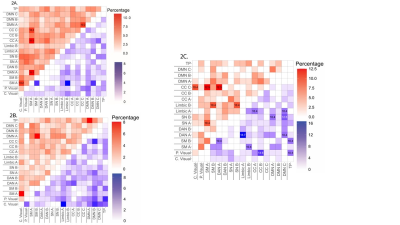 |
0505. Replication
of biological subgroups using resting-state functional
connectivity normative modeling in patients with PSD
R. Thukral, J. Maximo, A. Lahti, C. de la Fuente Sandoval,
L. F. Rivera Chavez, S. Rutherford, A. Marquand, J. Larson,
J. Lee, N. Kraguljac
The University of Alabama at Birmingham, Birmingham, United States
Impact: Biological subgroupings using normative modeling
is a promising and robust method to define patient subgroups
at a biological, rather than clinical, level.
|
| 15:06 |
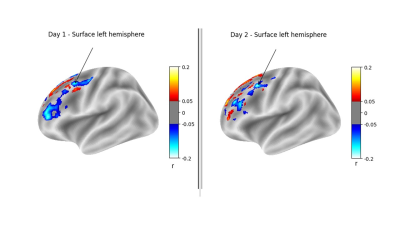 |
0506. Feasibility
of personalized rTMS targeting using rs-fMRI on a 0.5T head-only
MRI scanner: initial assessment of target reproducibility
S. Chavez, C. Harris, J. Stainsby
Synaptive Medical, Toronto, Canada
Impact: This work may enable greater access to MRI-based
personalized treatment planning for rTMS treatment of
depression. We show that the required information is
reliably obtained on a mid-field, head-only scanner which
could be placed close to rTMS treatment sites.
|
| 15:18 |
 |
0507. Severe
Brain Network Hierarchy Disorganization in Treatment-Naïve
Deficit vs. Non-Deficit Schizophrenia and Neurotransmitter
Associations
C. Yang, L. Yao, H. Liang, S. Lui
West China Hospital of Sichuan University, Chengdu, China
Impact: This study found that DS showed more severe
cortical hierarchy compression linked to serotonergic
dysfunction, while NDS was primarily associated with
dopaminergic abnormalities, highlighting distinct
neurochemical pathways in each subtype.
|
The International Society for Magnetic Resonance in Medicine is accredited by the Accreditation Council for Continuing Medical Education to provide continuing medical education for physicians.